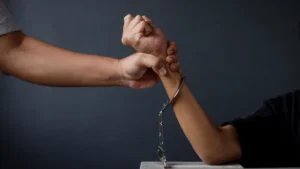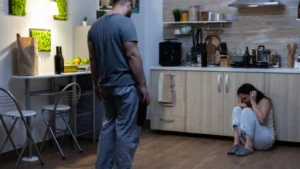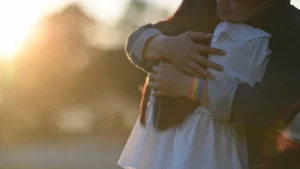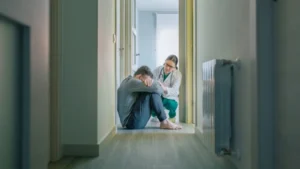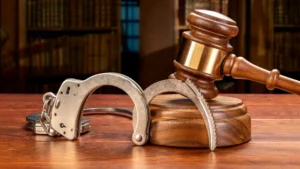
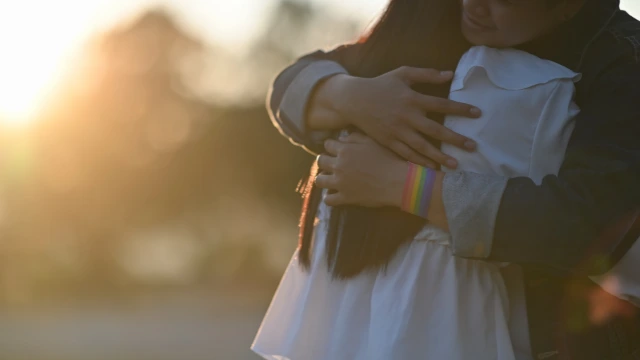
Breaking the Silence in the LGBTQ+ Community
Imagine being in a relationship where the person you love also controls, isolates, or harms you. Now imagine not being believed—or worse, being dismissed—because you and your partner are of the same gender. For many in the LGBTQ+ community, this is a lived reality. Domestic violence doesn’t discriminate, and yet it’s often overlooked when it occurs in same-sex relationships or non-traditional partnerships.
Domestic violence in LGBTQ+ relationships brings its own set of challenges. From legal confusion to fear of outing, victims and defendants often face barriers that heterosexual couples don’t. Understanding the unique dynamics and legal considerations involved is essential for creating fair legal outcomes and lasting change.
Same-Sex Relationships: Recognizing the Patterns of Abuse
Domestic violence can take many forms—emotional, physical, financial, sexual, and psychological. Same-sex relationships often mirror abuse in heterosexual relationships, but with additional layers of stigma and secrecy.
Research shows that intimate partner violence (IPV) occurs at similar or even higher rates in LGBTQ+ communities compared to heterosexual couples. The CDC reports that approximately 44% of lesbian women and 26% of gay men have experienced rape, physical violence, or stalking by an intimate partner.
However, these numbers are likely underreported due to factors such as:
- Fear of being outed
- Lack of LGBTQ+ competent services
- Distrust of law enforcement
- Social pressure to protect the LGBTQ+ community from negative portrayals
In some cases, abusers use sexual orientation or gender identity as a weapon. For example, they might threaten to “out” their partner to family, employers, or immigration officials. Others manipulate internalized shame or use hormones, medications, or gender dysphoria as tools of control.
Recognizing these patterns is critical—not only for victims seeking help but for legal professionals trying to understand the full scope of the situation.
Legal Considerations: Gaps and Progress in Protecting LGBTQ+ Individuals
The justice system has made progress in recent years, but many legal considerations still make it difficult for LGBTQ+ individuals to navigate domestic violence cases. Some of these include:
Law Enforcement Bias and Misunderstanding
Police may misinterpret who the victim and aggressor are, especially if both partners are of the same gender. There have been instances where both individuals were arrested—even when one was the victim—simply because officers didn’t understand the dynamics or lacked training.
Lack of Legal Recognition
In some places, the law still doesn’t fully recognize LGBTQ+ relationships, particularly for non-married couples or transgender individuals. This can affect protection orders, custody decisions, and access to legal support.
Protective Orders
Getting a restraining order can be more complex for LGBTQ+ individuals if their relationship status isn’t acknowledged by the court. Judges may not understand that abuse can occur in any type of intimate relationship.
Access to LGBTQ+ Affirming Services
Many domestic violence shelters or counseling programs are geared toward cisgender women. LGBTQ+ survivors may be turned away or feel unsafe in those environments.
These legal considerations highlight the need for more inclusive laws, better police training, and broader public understanding.
Sentencing Factors in LGBTQ+ Domestic Violence Cases
Courts use similar criteria in sentencing LGBTQ+ offenders as they do in heterosexual cases, but unconscious bias can still influence outcomes.
Sentencing factors may include:
- The severity of injuries or threats
- Use of Weapons
- Criminal history
- Willingness to seek counseling or treatment
- The presence of children or vulnerable individuals in the home
However, if judges or prosecutors don’t fully understand the relationship or community dynamics, they may make flawed assumptions that impact sentencing. For example, a transgender individual may be treated unfairly during incarceration or denied access to gender-appropriate treatment programs.
Defense attorneys must be vigilant in ensuring fair treatment and advocating for appropriate support options, including mental health care or diversion programs.
Case Study: Navigating the Legal System in a Same-Sex DV Case
Background
Jordan and Alex, a gay couple in their 30s, had been living together for five years. After a series of escalating arguments, one night Jordan physically shoved Alex during an altercation. Neighbors called the police. When they arrived, both individuals had injuries, and both were arrested.
Step 1: Arrest and Charges
Law enforcement charged both Jordan and Alex with domestic battery. Despite Alex claiming to be the victim, the lack of clear evidence and mutual injuries led to confusion.
Step 2: Legal Representation and Strategy
Alex’s attorney gathered text messages and witness statements to support the claim that Jordan was the primary aggressor. A therapist provided records showing Alex had been in counseling for anxiety related to emotional abuse.
Step 3: Court Proceedings and Sentencing
The court eventually dropped charges against Alex and sentenced Jordan to probation, anger management counseling, and community service. The judge acknowledged that same-sex IPV was misunderstood and emphasized the importance of non-discriminatory treatment.
This case illustrates how bias and lack of awareness can complicate cases in same-sex relationships and how proper legal advocacy can correct course.
Frequently Asked Questions (FAQs)
- Is domestic violence treated the same in same-sex relationships as in heterosexual ones?
In theory, yes. However, in practice, bias and lack of awareness can lead to unequal treatment. - Can LGBTQ+ individuals get restraining orders against a partner?
Yes, though depending on jurisdiction, there may be legal hurdles if the relationship isn’t formally recognized. - Are there shelters that serve LGBTQ+ survivors of domestic violence?
Yes, but they are fewer in number. Some LGBTQ+ centers provide specific services, and national hotlines can help connect individuals with safe spaces. - What are some signs of abuse unique to LGBTQ+ relationships?
Threats to “out” someone, control over gender transition resources, and isolation from LGBTQ+ community events are just a few examples. - What should I do if I’m falsely accused in a same-sex DV case?
Seek legal representation immediately. Provide evidence such as messages, videos, or witnesses that support your account.
